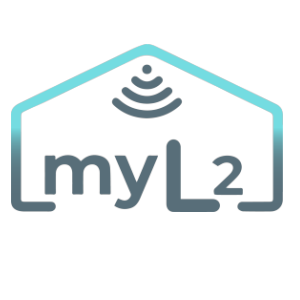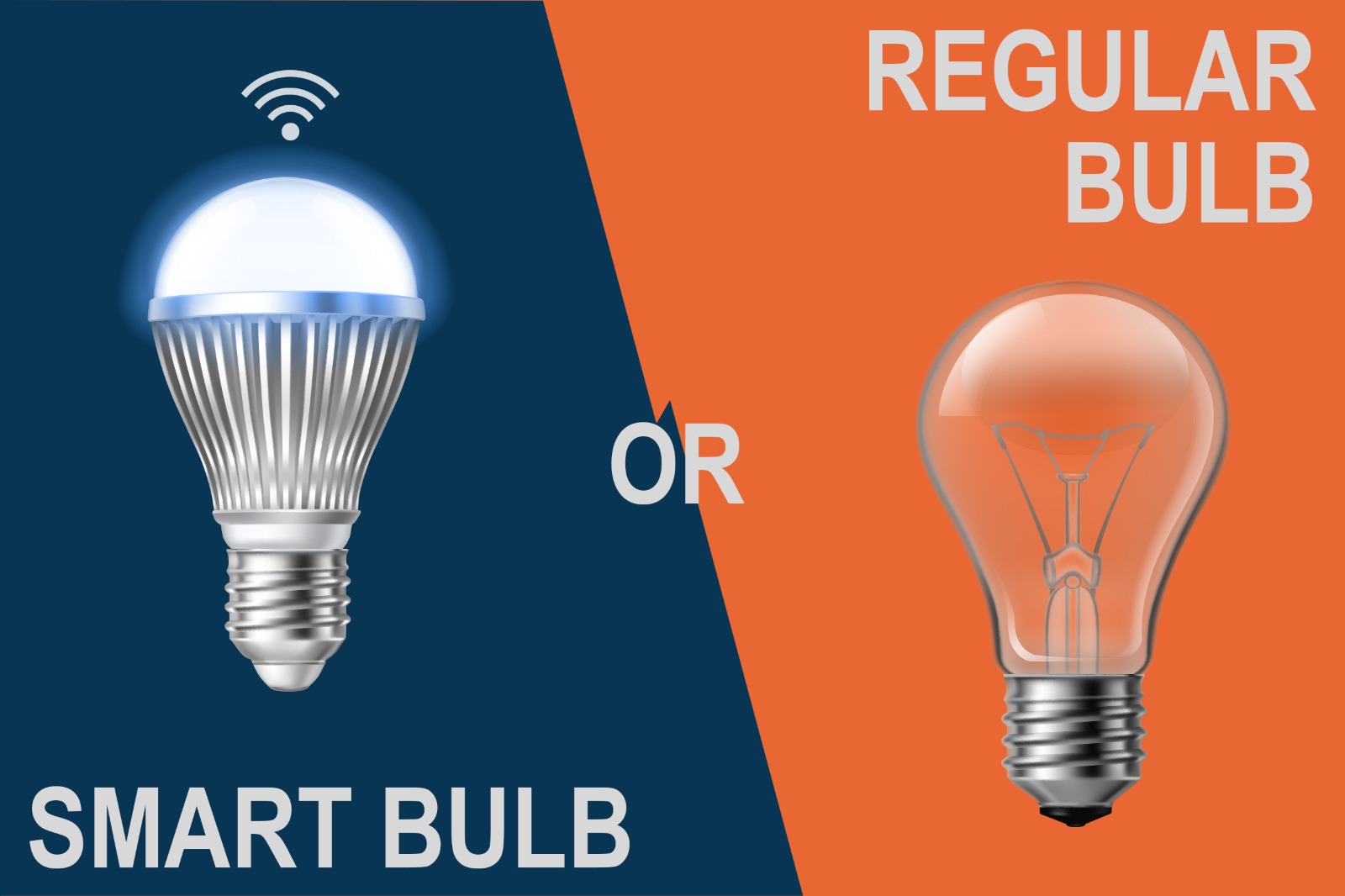The 21st century or the century of technology has brought major changes in our daily lives and, without realizing it, we found ourselves surrounded by things that generations before us did not even dream of: smartphones, self-driving cars or smart homes are just some of the inventions of the present.
Today myL2 offers you a comparison between smart and classic light bulbs, after which you will decide for yourself whether automating lights at home or in the office is what you want.
Warm or cold light and color in the house
We all know that classic light bulbs, although they evolved from the first models that were invented more than 100 years ago, do not offer many options. We won’t be able to choose a bulb that gives us both cold and warm light. As for the light intensity, it can only be adjusted if we have installed dimmable switches.
Smart bulbs will surprise us from the beginning. We can opt, using a single bulb, for a cold light for work periods or a warm light for relaxation, and we can adjust its intensity without the need for special switches. Also, many of the smart bulbs also include RGB light, which means that we can choose the color in which we light the house depending on the state we have: green, yellow, blue, red and other shades derived from these colors, as we like.
Remote control and low energy consumption
Did we forget the light on when we go on vacation or do we want a lighted house when we come home in the evening? No problem! Smart bulbs can be controlled remotely to get rid of worries or to fulfill these pleasures.
Whether they are light bulbs with Wi-Fi connectivity, or use the Zigbee or Z-Wave protocol, we can see their status (on / off) directly on the mobile phone and, with a click on its screen we can control them as if we had a physical switch with us.
Energy consumption is an important factor for us, as we do not want big bills at the end of the month, but also for the environment, because energy production generates pollution. The remote control will allow us to turn them off when no one is home and the lights have stayed on. Also, smart bulbs consume 10 times less than an incandescent bulb.
Instead, classic light bulbs do not offer us this comfort and, most likely, we will make our way back from the mountains to check if everything is fine, and the costs of energy bills will obviously be higher.
Inclusion in a smart system and automation of lights for another level of comfort
Those that use protocols like Zigbee or Z-Wave will need a hub like Hubitat Elevation or SmartThings to work.
The advantage of using such a hub is major, and the options for automation or scenario creation are unlimited.
Integration into such a system will allow us, for example, using a motion and light sensor, to make the lights turn on by themselves in the room we enter and turn off when we leave the room. We can also program them to light up at night, with a low intensity, or with maximum intensity during the day.
We can also use colors when situations arise, such as turning on lights on blue when the flood sensor has detected a water leak, yellow when the smoke sensor has been activated or red when a door or window has been opened without authorization.
Costs VS Comfort
Of course, in terms of acquisition cost, classic light bulbs will win because their price is relatively low compared to smart light bulbs.
However, the balance will clearly tilt in one direction when we talk about the comfort that this technology provides. If we add the low energy consumption of smart bulbs, then, surely, the classic bulbs will gradually disappear from our homes.

